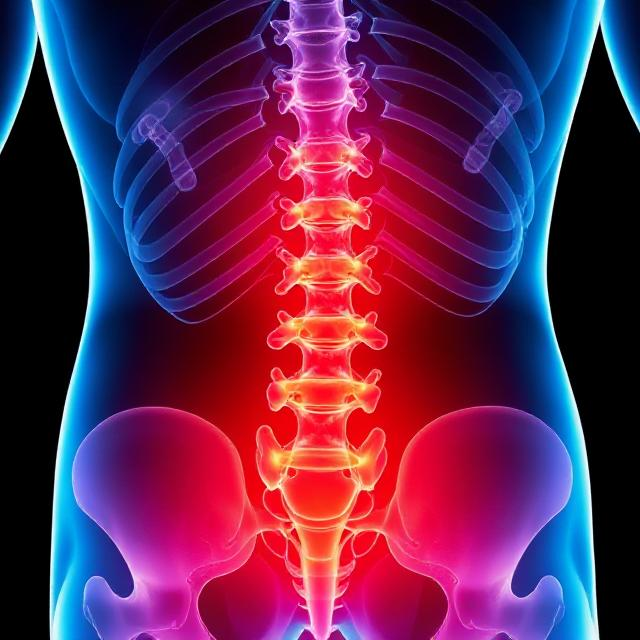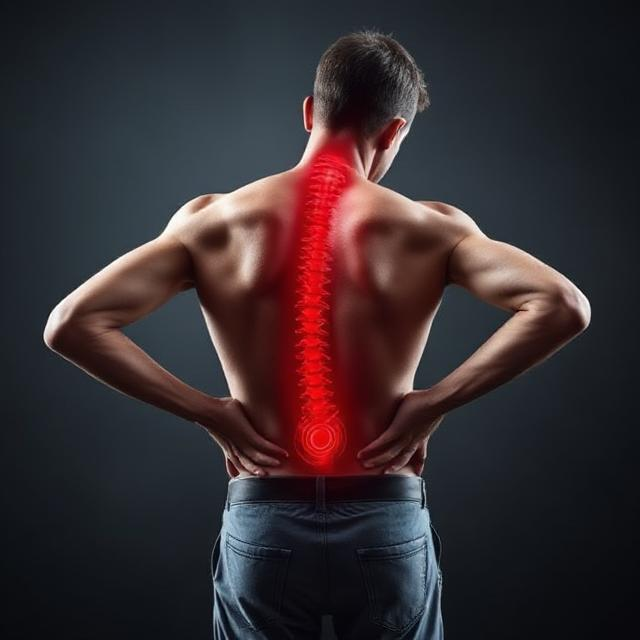Herniated Disk: What to do


Herniated Disk : What to do
A herniated disk is an injury of the spine, more specifically in a series of bones in the spine called vertebrae, they stretch from the base of the skull all the way to the tailbone. There are round gel-like cushions between the vertebrae and they are called disks. Their main role is to act as buffers between the vertebrae, absorbing any movement impact and allowing us to bend and move freely. A herniated disk is also known as a slipped disk, sometimes referred to as ruptured or bulging disk. It happens when one of these disks suffer tearing or leaking. It is by far one of the most common reasons for neck, back and leg pain (also known as sciatica). Although patient with herniated disc can sometimes have very little pain, it it is advisable to get the spine checked regardless of how we feel, as prolonged untreated condition will result in gradual degradation of the spine health, eventually leading to DDD aka degenerative disc disease.
So what causes herniated disc? Herniated disc is a condition caused by excessive loading on the spine, either receiving one big impact or repetitive trauma from daily tasks which causes vertebra to be misaligned, which is known as subluxation. When there is a subluxation in our spine, the misaligned bone loses function to stay put in an optimal position. This occurrence puts pressure to the intervertebral disc, causing tears in the annulus fibrous (outer layer of the disc) resulting in swelling and protrusion of the disc. The swelling and protrusion of the disc will then compresses the nerve around it, resulting in nerve irritation, hence the symptoms and pain.With that being said, most individual do not experience much symptoms from a herniated disk. As a result, it is very common for most people to discover that they had a herniated disc when the spine already suffered from some form of degenerative changes, which is not ideal.
What should you do if you suspect yourself to have a herniated disc and you are experiencing pain then?
If it is not obvious by now, the best thing to do is to visit a Chiropractor and let the professional manage the condition as soon as possible. Since herniated disc is caused by a misaligned bone, what is better than to re-align the vertebrae and solve the root cause once and for all?Getting the vertebra back to the optimum position can instantly reduce swelling and effectively reduce pain. By realigning the bone, the pressure can be instantly lifted because the nerve pressure will be removed, similar to how you would feel better instantly if you remove a needle that is stuck to you.
Say if you happen to be in a situation where visiting a Chiropractor is not possible, the second best thing you can be doing is to get an Ice pack and do a cold compression on the area of discomfort. The challenge is to apply cold compression on the right area - the swollen area of the spine instead of the muscles around it. Say if you feel that there is discomfort at the trapezius or the shoulder, you may apply ice pack vertically on the spine starting from the lower part of the neck and run it down the mid back. Unlike the shoulder and mid back, if you have discomfort at the muscles around the lower back, you may do a cold compression by placing an ice pack horizontally at the lower part of the back at the level of your hip, which is where your belt will be hanging most of the time. Simply put, you want it to ice the sacrum region because most of the time the sacroiliac joint is the involve and inflamed joint.
Do take note that it is a good idea to wrap the ice pack with a thin towel to avoid frost bite. Pro tip : if you don’t have an ice pack around, you can always use frozen peas as an alternative.
Let’s just say you are in even less ideal situation where you can’t even get your hands on with an ice pack and you really needed to reduce the pain to get through the day, the last resort would be applying gentle-moderate pressure on the spams muscles. While you may not be able to have a guarantee that you can reduce the pain effectively, there is a good chance you may tone down the discomfort temporarily. Take note that it is not recommended to apply too much pressure or rubbing on the area close to spine to prevent any worsening of the condition.
Now, we have covered the three things you can do if you suspect yourself to have a herniated disc, so what should you avoid?
First thing first, avoid applying pressure on the injured area. While most people would instinctively like to rub or massage the injured area, applying pressure to the injured area can create more swelling and damage that will further irritate the nerves, which is not good to the spine. Similarly, while stretching is good in a normal circumstances, stretching while having a displaced bone is similar to stretching your arm while you have a dislocated shoulder, which is only going to further damage the area. Last but not least, high impact exercises or any exercises is generally not recommended at this stage unless you really know what you are doing.
In a nut shell, as cliche as it sounds, the best thing you can do if you do suspect yourself to have a herniated disc is to seek help from a professional as soon as possible to avoid any further damage in your spine.



